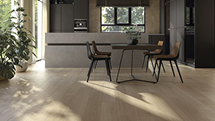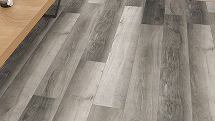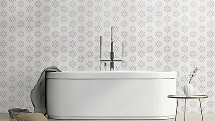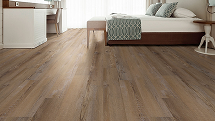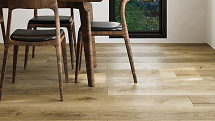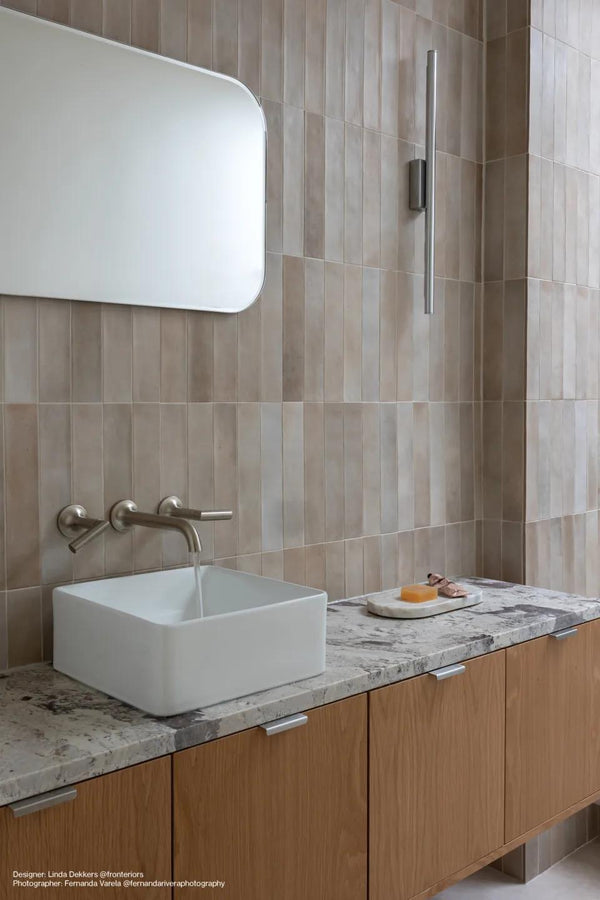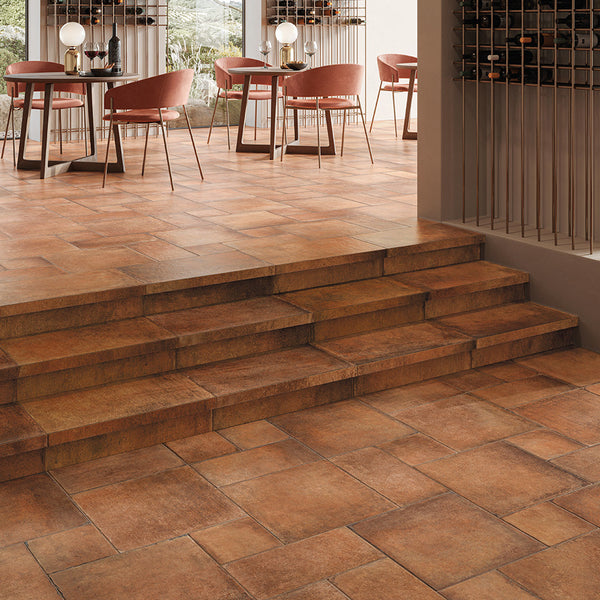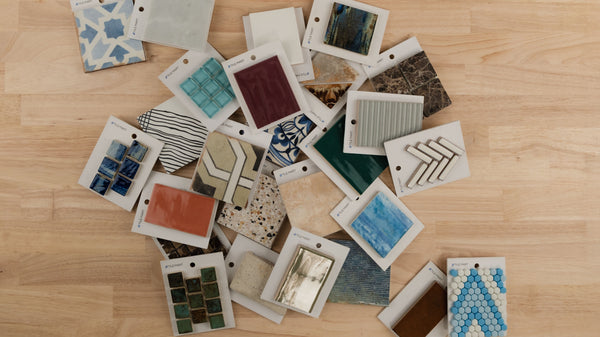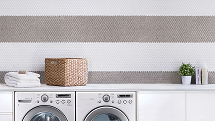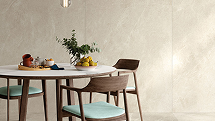Trendy Brick Tiles for Your Home Renovation Project
Key Highlights
- Timeless Appeal: Brick tiles offer a classic aesthetic that complements various design styles.
- Durable and Low-Maintenance: Resistant to scratches, stains, and moisture, making them ideal for high-traffic areas.
- Versatile Applications: Suitable for floors, walls, backsplashes, fireplaces, and more.
- Variety of Styles: Available in traditional and modern designs, colors, and finishes.
- DIY-Friendly Installation: Can be installed by homeowners, potentially saving on labor costs.
Introduction
Breathing fresh energy into your home through a home renovation can include adding stylish and classic design features. One popular choice among homeowners is brick tiles. They help bring character, warmth, and a hint of rustic charm. This guide will look at why using brick tiles for your renovation is a smart choice you'll be happy with.
Why Choose Brick Tiles for Your Renovation?
When you think about home renovations, it’s important to find materials that are nice to look at, last a long time, and are easy to care for. Brick tiles are a great choice because they offer all of these benefits. They look good in any area and are tough enough to last many years.
Plus, brick tiles are easy to take care of. Unlike natural brick, which needs regular cleaning and sealing, brick tiles resist stains, scratches, and moisture. This makes them a smart choice for homes that have lots of activity.
The Aesthetic Appeal of Brick Tiles
Homeowners often like brick tiles because they look great. Thin brick, subway tile, and brick look tile each have their own style. Thin brick tiles look like full-sized bricks but are lighter and easier to install.
Subway tiles with a brick design bring an industrial feel to kitchens and bathrooms. Brick look tiles copy the texture and colors of real bricks, giving a great alternative in a simpler form. No matter if you want a cozy farmhouse, a sleek modern loft, or a classic style, there is a brick tile choice for you.
Durability and Maintenance Benefits
Brick tiles not only look great, but they are also very strong and easy to take care of. These thin brick tiles are made from strong materials like ceramic and porcelain. They can handle daily damage well. They resist scratches, which makes them a smart choice for busy areas such as entryways and hallways.
When you use brick tiles as a floor tile option, you get great durability and resistance to moisture. This makes them a perfect fit for kitchens and bathrooms. Their non-porous surface stops stains from soaking in, making cleaning easy and keeping them beautiful for a long time. Whether you use them as a kitchen backsplash or on a feature wall in your living room, brick tiles stay looking nice with very little effort.
Types of Brick Tiles Available
With new ways to make things, there are now many kinds of brick tiles available. They suit different styles and design needs. You can find colors like classic reds and browns or modern grays, whites, and soft pastels. There are many choices to help you be creative.
Brick tiles also come in different shapes and sizes. You can choose from traditional rectangles, squares, or even hexagons.
No matter if you like a clean, modern look or a cozy, vintage feel, you can find the right brick tiles for your project. This variety makes sure that your home renovation shows off your personal style.
Traditional vs. Modern Brick Tiles
Choosing between traditional brick and modern styles depends on your desired aesthetic. Traditional brick tiles often feature warm, earthy tones with a more surface texture, evoking a sense of history and timelessness. These tiles complement rustic, farmhouse, and traditional interior design styles beautifully.
On the other hand, modern brick tiles embrace a sleeker aesthetic. They come in a wider array of colors, including cool grays, whites, and even blacks, and often showcase smoother surfaces. These contemporary options seamlessly integrate with minimalist, industrial, and modern design themes. Ultimately, the best choice depends on your personal preference and the overall style of your space.
|
Feature |
Traditional Brick Tiles |
Modern Brick Tiles |
|
Color Palette |
Warm, earthy tones (reds, browns, oranges) |
Wider range, including cool grays, whites, blacks, pastels |
|
Surface Texture |
More textured, often with imperfections and variations |
Smoother surfaces, often with a more uniform appearance |
|
Design Style |
Rustic, farmhouse, traditional |
Minimalist, industrial, modern |
Color Variations and Finishing Options
The wide variety of color variations in brick tiles gives you many design choices. You can select classic reds and browns or go for modern grays and whites. There is a shade that will match your current décor. For example, white brick tiles can make a space feel larger and more open. In contrast, black brick tiles bring some drama and style.
Apart from color, finishing options also add to the look of brick tiles. Sheen levels can be matte or high-gloss, letting you change how your space looks and feels. Matte finishes give a rustic vibe while glossy finishes shine and add elegance. Think about the mood you want to set, and pick finishes that fit your plan.
Installation Tips for Brick Tiles
While some homeowners choose to have professionals install brick tiles, they are easy enough for a DIY project. This lets you save money on labor costs. Yet, for a good installation, you need to plan and follow through well. Before you start, measure the area to find out how many sq ft of tiles you need. Buy extra tiles to cover for breakage and waste.
Getting the surface ready is very important for a lasting job. Make sure the surface is clean, level, and dry—without any moisture or dirt. Put down a good tile adhesive evenly, and use spacers to keep the grout lines straight. After the adhesive dries, carefully add grout to fill all spaces between the tiles. Don’t forget to clean any extra grout right away. Then, you can enjoy your new stylish brick tile surface.
Preparing Your Space for Brick Tile Installation
Thorough preparation is important for a good brick tile installation. First, clean the surface where you will lay the tiles. Remove any old flooring, glue, or dirt that might stop the tiles from sticking well. After cleaning, check if the floor or wall is level using a level tool.
If you find any bumps or holes, fix those to make sure the surface is smooth and flat for the tiles. You might need to use a leveling compound if the surface is not straight. Let it dry completely. If you are installing tiles in places with a lot of moisture, like bathrooms or showers, make sure to waterproof the surface. This step helps prevent damage and mold later on.
DIY Installation vs. Hiring a Professional
Deciding if you want to do a DIY installation or hire professional installation depends on your skills, budget, and the project's difficulty. A DIY installation can be a fun and money-saving choice for smaller projects that are easy to manage. There are many online guides and tutorials that can help you if you are an eager homeowner.
But for bigger projects or designs that are more detailed, it's best to hire tile experts. They have the knowledge, tools, and skills to get the job done right. They can manage tough cuts and tricky angles, plus they make sure everything is level and the grout lines look good. Although it will cost a bit more, it brings peace of mind knowing that the work is high-quality.
Conclusion
In conclusion, brick tiles bring a great mix of classic beauty and modern style for your home. They not only make your space look better but also are long-lasting and easy to care for. You can find them in many colors and styles, so you can design according to what you like. Whether you go for a classic or modern look, brick tiles are a favored option. Whether you put them in by yourself or get help from a pro, brick tiles will definitely make your home look special and cozy.
Frequently Asked Questions
How do I choose the right brick tile color for my project?
Think about the colors you already have and your decoration style. Lighter colors like white, taupe, or beige can make a room feel open. Darker colors, like brown or artisan brick shades, can make it feel cozy. Try out different samples to see how they look in your space before making a final decision.


